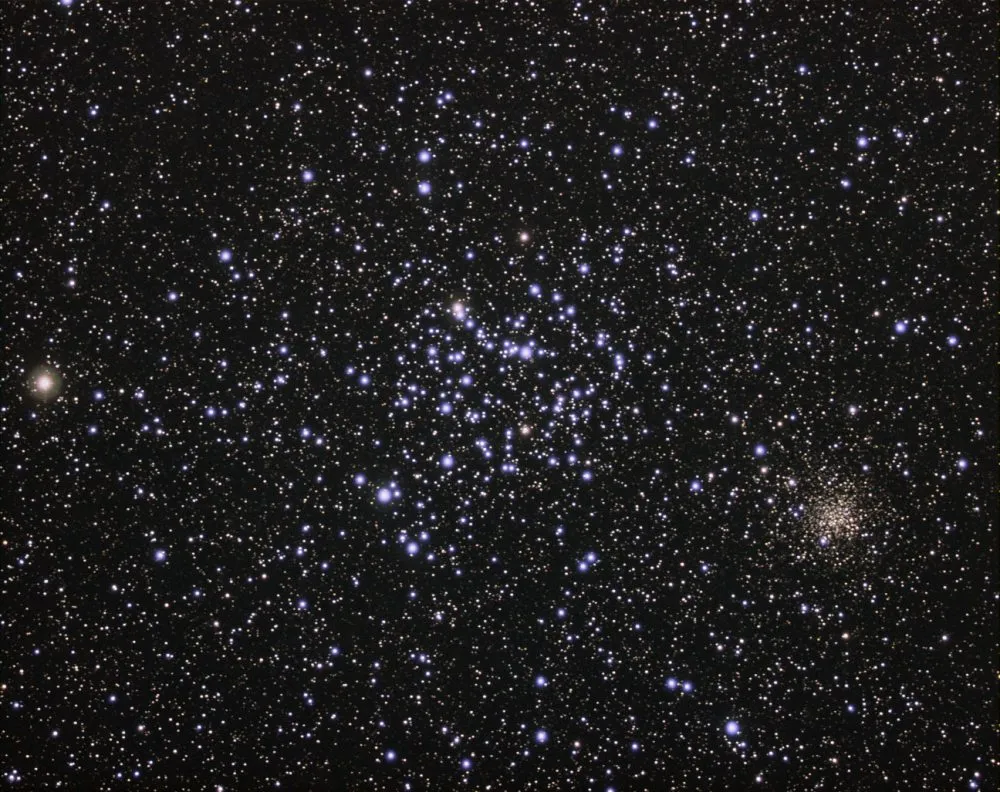On Tuesday 9 May, there will be a wonderful opportunity to see the planet Venus sitting just north of a famous open cluster of stars in the constellation Gemini.
Venus has been spectacular so far this year and is set to continue to be a bright evening planet, but it will continue to be outshone by a lengthening spring twilight as those evenings get shorter.
So if you're a fan of the planet, be sure to catch Venus throughout May before it fades from view.

One way of making the most of the planet is by looking out for its meeting with M35, which is an open star cluster located in the constellation Gemini.
On 9 May, mag. –4.1, Venus will be visible 1.8° to the north of mag. +5.1 M35.
Granted, you'll need a flat northwest horizon to see this conjunction at its best, but if conditions are right, it will be a great send-off for Venus.
Messier 35

Messier 35 is a large open star cluster, and its name is a result of its inclusion in the famous Messier Catalogue of deep-sky objects.
The cluster is located 2,800 lightyears away and you can find it in the sky near Castor's right foot in the constellation Gemini.
Of course, on 9 May you'll be able to find it by spotting Venus first, which will be a noticeably bright object.
M35 shines at mag. +5.2, which means it can be seen with the naked eye under properly dark conditions.
But to experience its true sparkling, starry beauty, use binoculars or a small telescope.
If you do so, you may also be able to see NGC 2158, another open star cluster that appears in the same patch of the sky, but which is actually much further away.
For more info on these two objects, read our guide to Messier 35.

